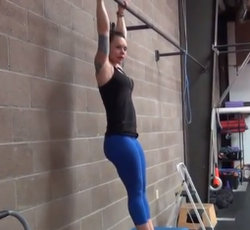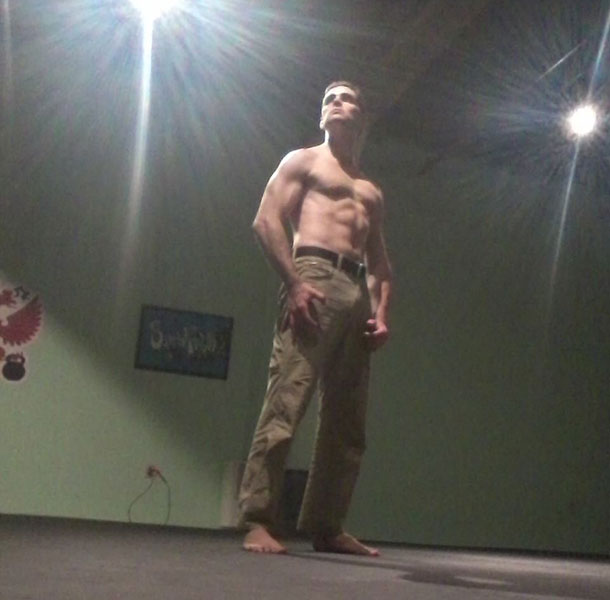
The first two body parts to make any form of physical contact (unless you’re in FIFA) are your feet and hands. First feet, then hands. To strengthen your feet, train barefoot. To strengthen your hands, train barehanded and lift heavy stuff with vengeance.
Why should you care about your grip strength? “The tenser your muscles are, the more strength you display and build.” –A quote from the Naked Warrior. In order to withstand your 7th, 8th, 9th and 10th rep with a thicker grip swing, one must remain completely tense to not throw the bell at a loved one or through your neighbor’s window. “What is truly remarkable is that tightening your fist can enhance your leg strength, as well!” – Naked Warrior. The difference between gripping a 1.5-inch handle and a 4-inch handle speaks for itself. There is 2.5 more inches one must attempt to tighten their hand around. The extra 2.5 inches is harder to grip no matter who you are!
In this program, you will be using the kettlebell swing with a modified grip to strengthen your hands, elbow and shoulder joints.
- 1st step – Get a 65% max swing weight kettlebell
- 2nd step – Get a hand towel
- 3rd step – Learn to perform a swing safely by hiring your local RKC instructor!
The program:
1. Wrap hand towel 1/4, 1/2, 3/4 or fully around the handle of the kettlebell
2. Perform 10 swings every minute on the minute (EMOTM) for 10 sets or 10 minutes
If you find your forearms screaming for mercy, adjust the thickness of grip. Example; Set 3, adjust handle from 3/4 grip to 1/2 grip. Set 4 from 1/2 grip to 1/4 grip. Set 5 from 1/4 grip to kettlebell handle only. Use a ladder format for increasing grip thickness until you can complete 10 sets of 10 reps EMOTM with towel fully wrapped around the handle. Once you can complete this, move up 10% in kettlebell swing weight.
Use this program as a swing supplement to your current program. This can and should be done 1-2 days per week. 3 if you plan on trying out for the over the top sequel… Embrace the power of your grip strength!
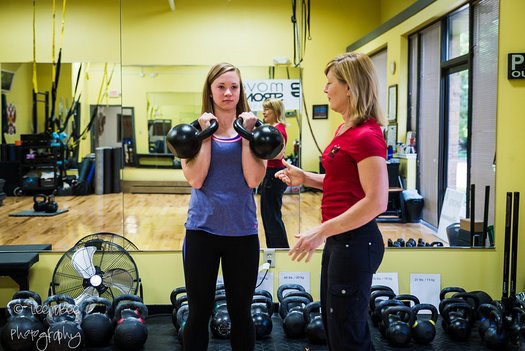
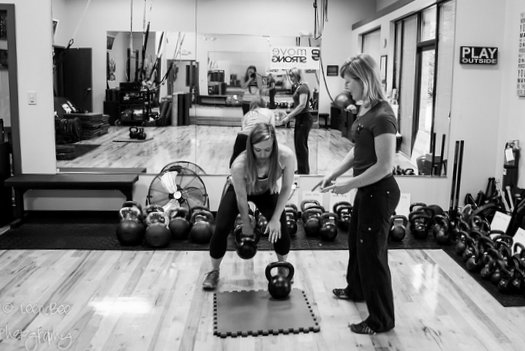
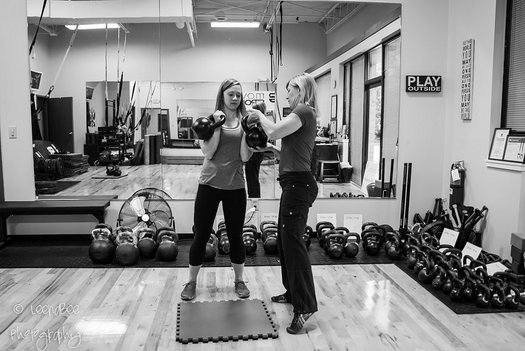
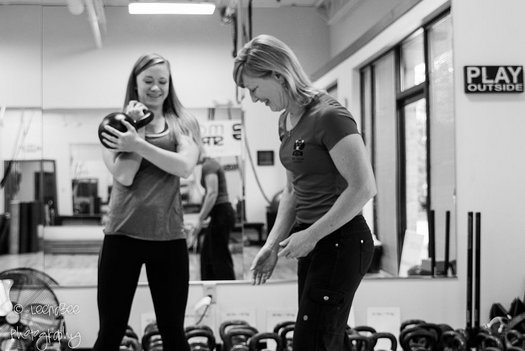
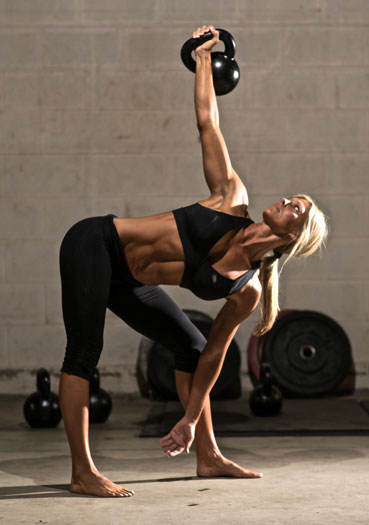
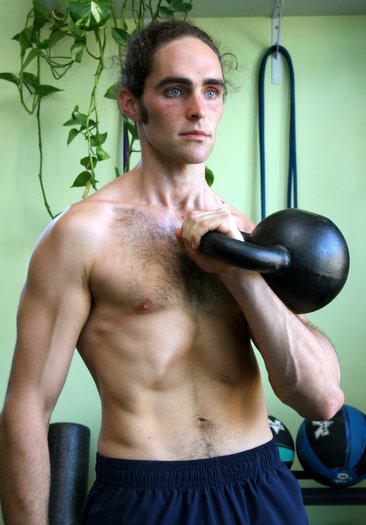
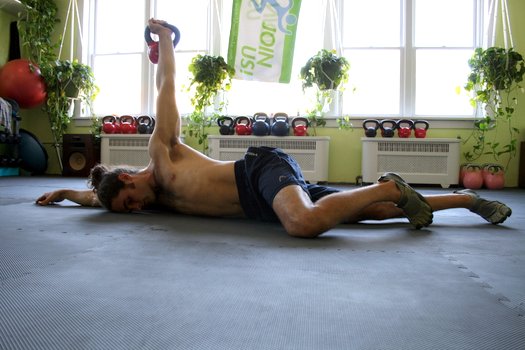
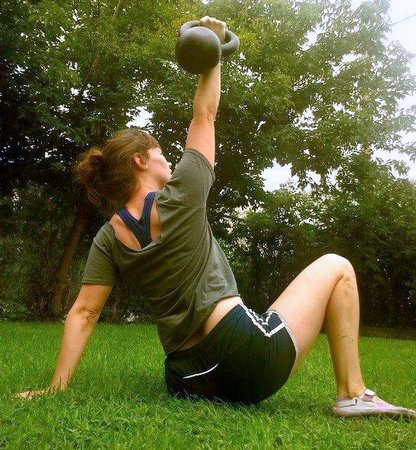
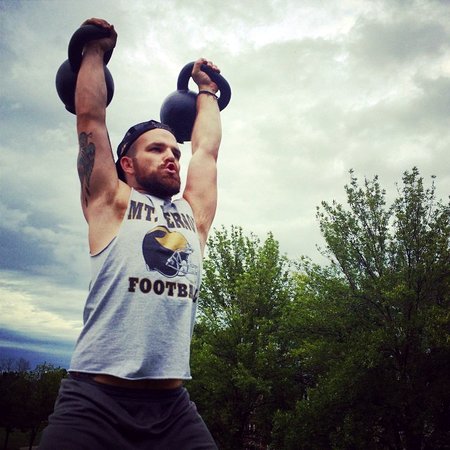
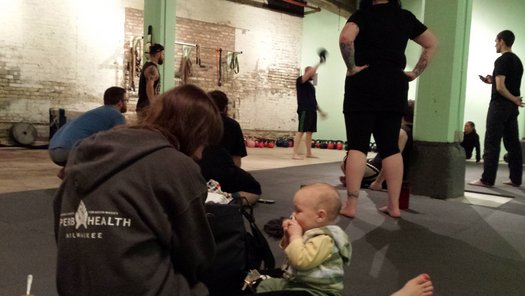

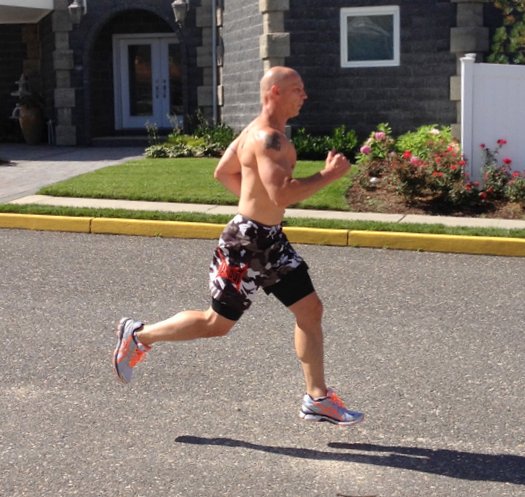
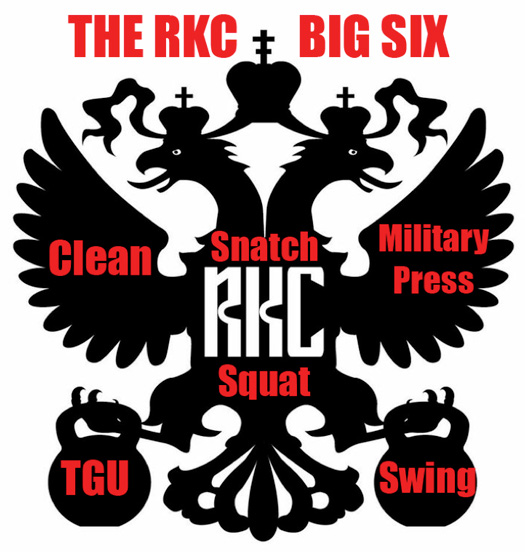
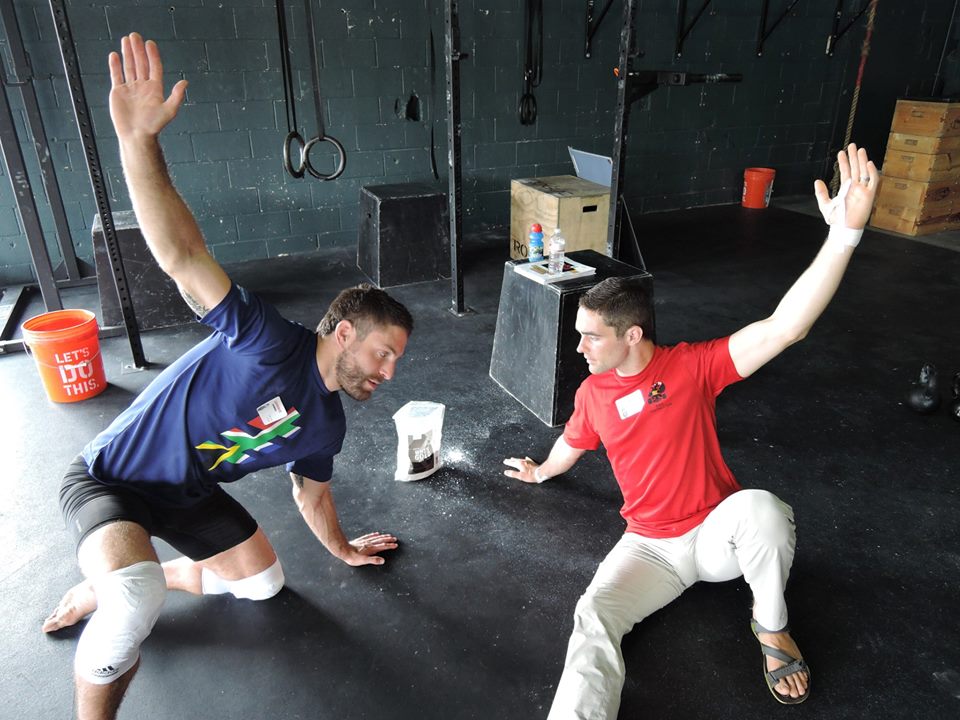
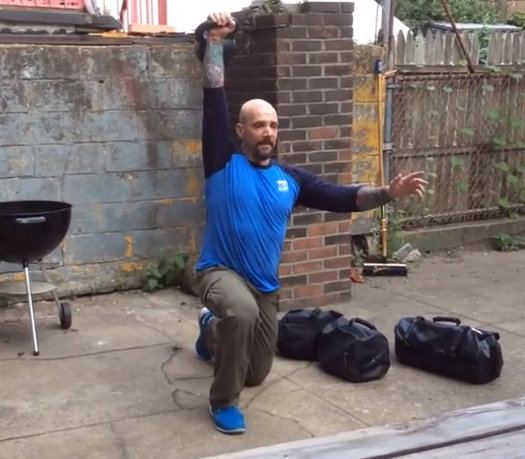
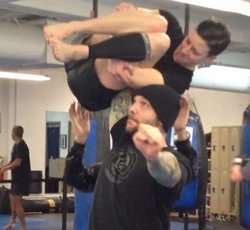 Personally, I find the three hardest parts of a get-up (regardless of weight) to be the initial roll to elbow, the half kneeling to stand and the final roll from elbow to your back. Whether it’s a
Personally, I find the three hardest parts of a get-up (regardless of weight) to be the initial roll to elbow, the half kneeling to stand and the final roll from elbow to your back. Whether it’s a 